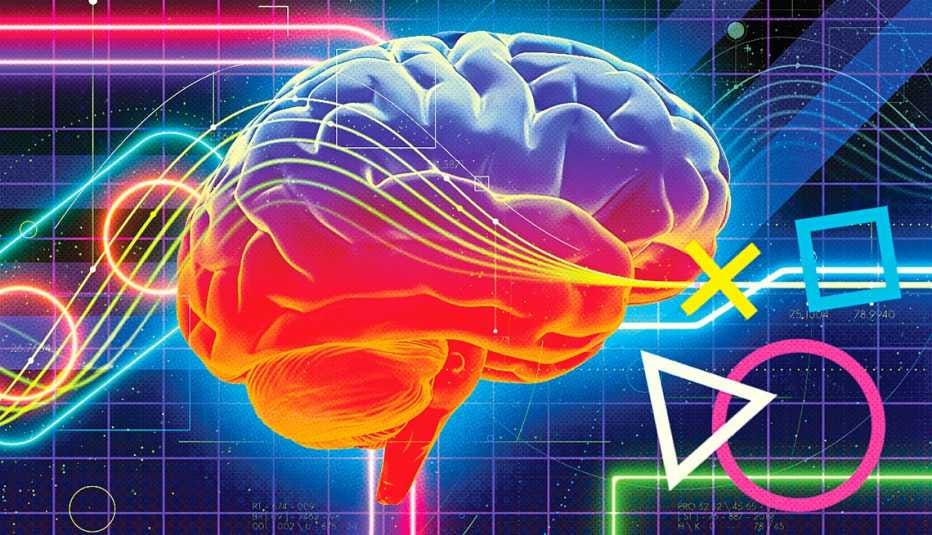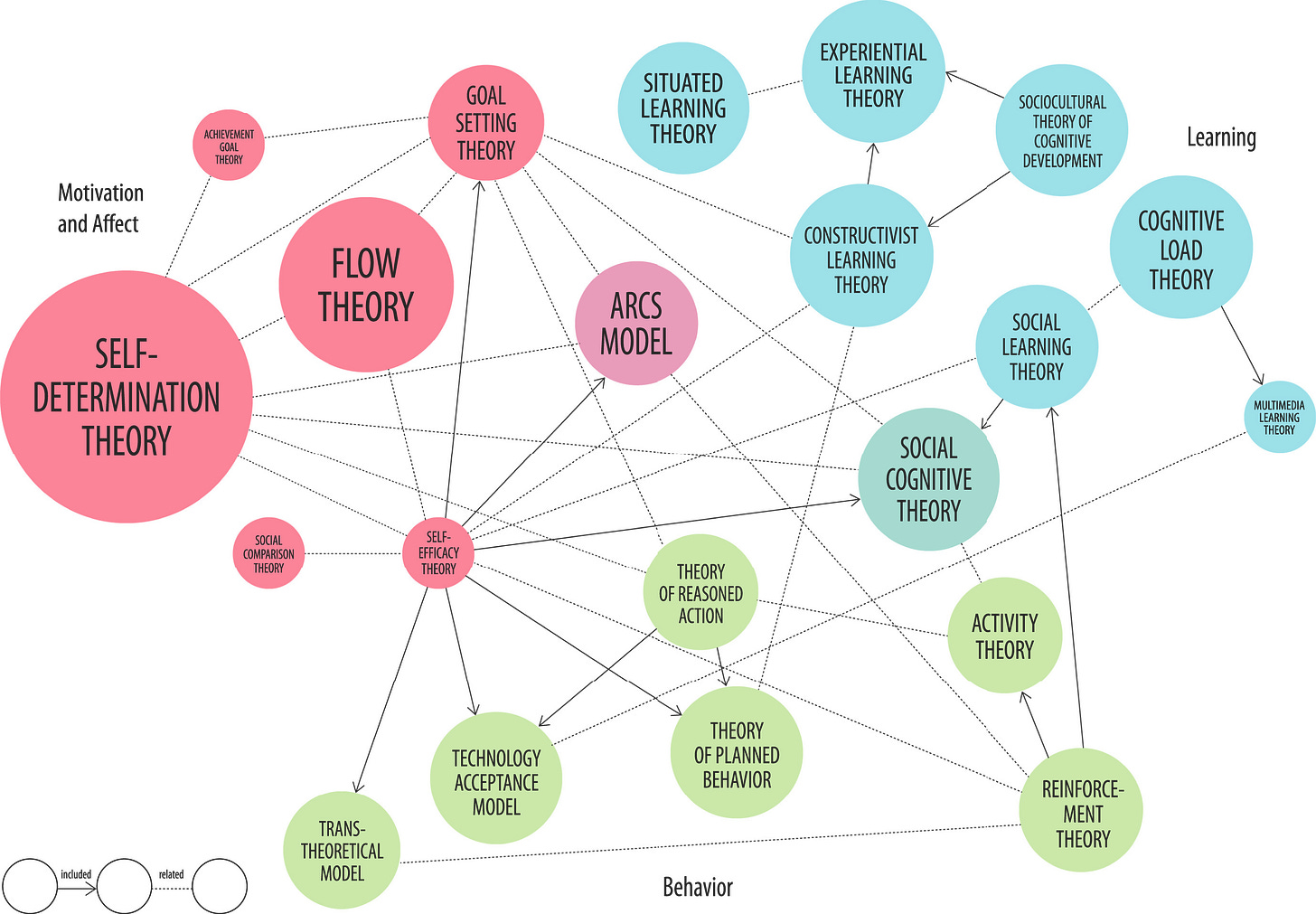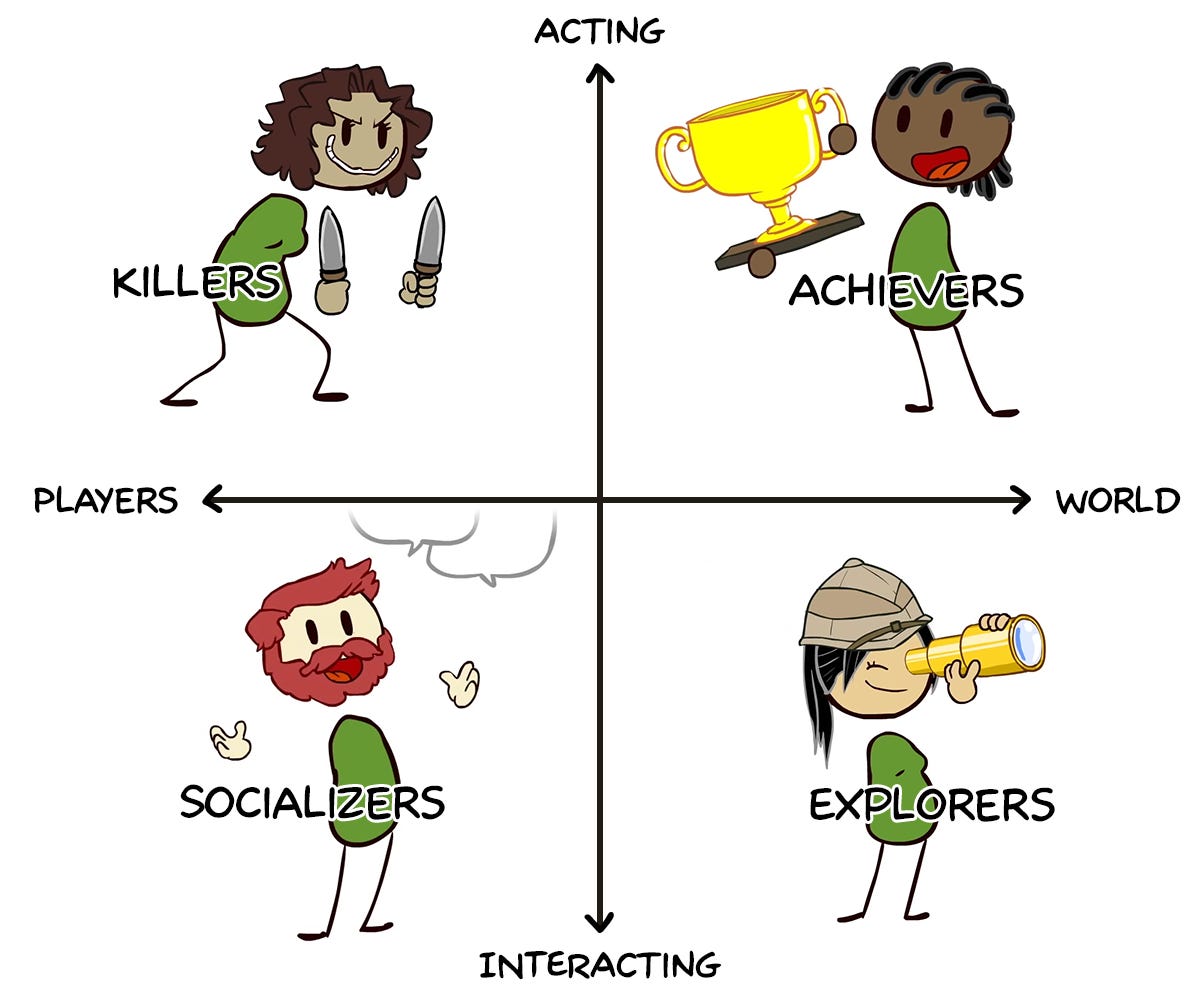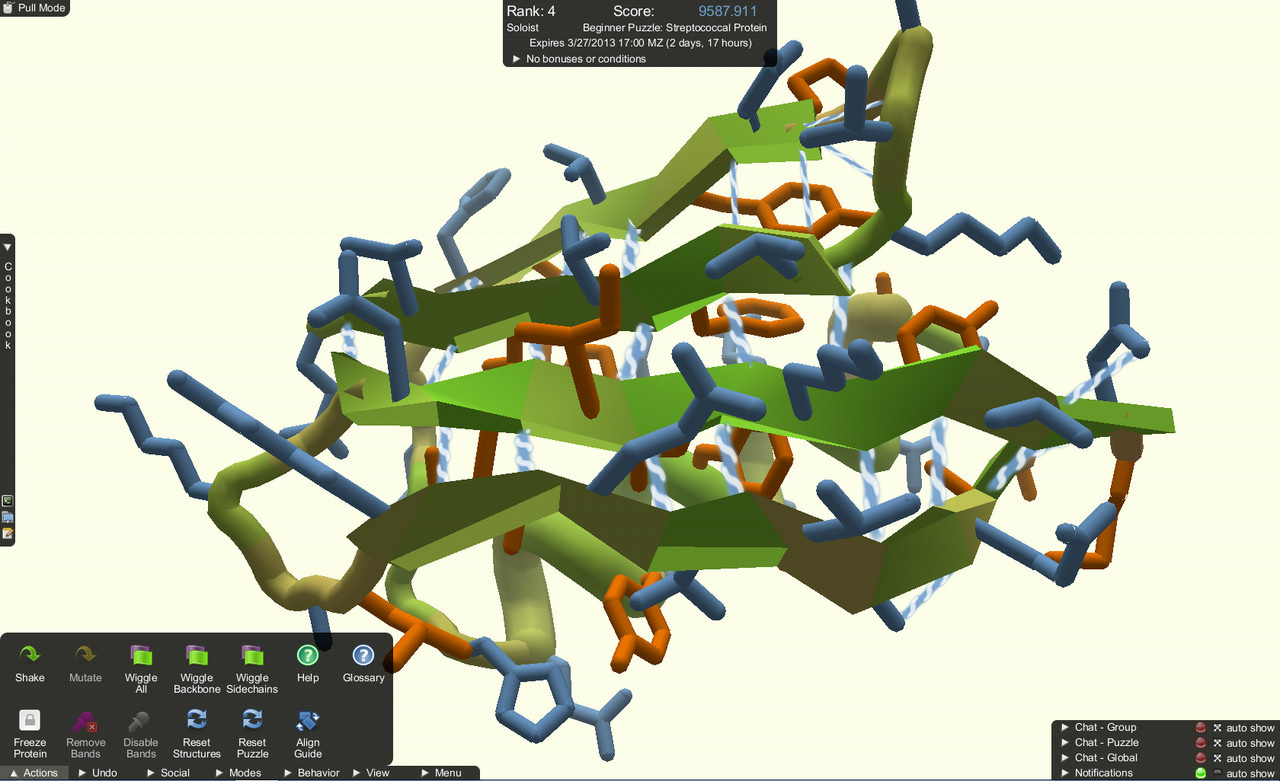Welcome to design notes - a mix of general design, UX, and a few (mostly related) tangents. I’m a big fan of lists and quotes so this will be mostly that, with a lot of suggested further research because I’m not re-writing design articles. Let’s start with Gamification - notes from IxDF (very academic/a little dated, but the theory parts are good) and Medium articles.
Happy gaming
The Italian word 'fiero' comes from the same Latin root as the English word 'fierce.' and the Latin root 'fiera' is also the origin of the English word 'feral', meaning the pride associated with fiero makes us feel like aggressive alpha predators, while also embodying a sense of wildness.
In the context of games, Fiero is the rush of excitement that gamers experience when they overcome challenges. It’s a craving for challenges that we can overcome, battles we can win, and dangers we can vanquish.
“Scientist have recently documented that fiero is one of the most powerful neurochemical highs we can experience. It involves three different structures of the reward circuitry of the brain, including the mesocorticolimbic center, which is most typically associated with reward and addiction. Fiero is a rush unlike any other rush, and the more challenging the obstacle we overcome, the more intense the fiero.” - Jane McGonigal
Look up - Happiness in gaming, psychology of play, the importance of play in learning and development, the neuroscience of play, the importance of fun, etc. Read Stolen Focus. Find out your play personality.
Goals in games
“The easiest way to boost endorphin release with gamification is create situations where your users will feel they have achieved something. Rather than giving rewards for clicking buttons, you need to create challenges that actually require skill and effort to complete.” - Andrzej Marczewski
When we play video games, two regions of the brain are continually hyperstimulated: the region associated with motivation and goal-orientation (referred to as ‘the reward pathways’) and the region associated with learning and memory (the hippocampus). It makes sense that these two regions of the brain would be hyperactivated - when we play games, we’re immediately and constantly focused on a goal. Whether it’s to solve a puzzle, find hidden objects, reach a finish line, or score more points than other players, the goal focuses our attention and creates a sense of motivation and determination. As we anticipate our potential success, our reward pathways light up.
Look up - Locke’s goal setting theory, the theoretical basis of gamification - flow theory (ex: Tetris, and sometimes work), self determination theory, etc.
Player-centered design
“Poor game design is one of the key failings of many gamified applications today. The focus is on the obvious game mechanics, such as points, badges and leader boards, rather than the more subtle and more important game design elements, such as balancing competition and collaboration, or defining a meaningful game economy.” - Brian Burke
Player-Centered Design
Know Your Player
Identify The Mission
Understand Human Motivation
Apply Mechanics
Manage, Monitor and Measure
Basic principles of fun - 1. goals, 2. rules, 3. feedback, 4. voluntary participation.
Four types of fun - 1. hard fun, 2. easy fun, 3. serious fun, 4. people fun
Look up - Bartle’s player types (above), gamification design framework, game mechanics, gamification design elements, etc.
Gamification for good
Scientists at the University of Washington spent more than 10 years working on a problem involving folding proteins to try and treat diseases (such as AIDS, Alzheimer’s and cancer). They weren’t progressing fast enough. So, they made a game called “FoldIt” and allowed the public to try folding proteins online. 57,000 people signed up and they cracked the problem in 10 days.
Motivational drivers for people
Trustworthy Leadership
Being relevant
Proving others wrong
Career Advancement
No Regrets
Stable Future
Self-indulgence
Impact
Happiness
Look up - More examples of gamification for good, examples of gamification in *insert industry, failed examples, successful examples, etc.








